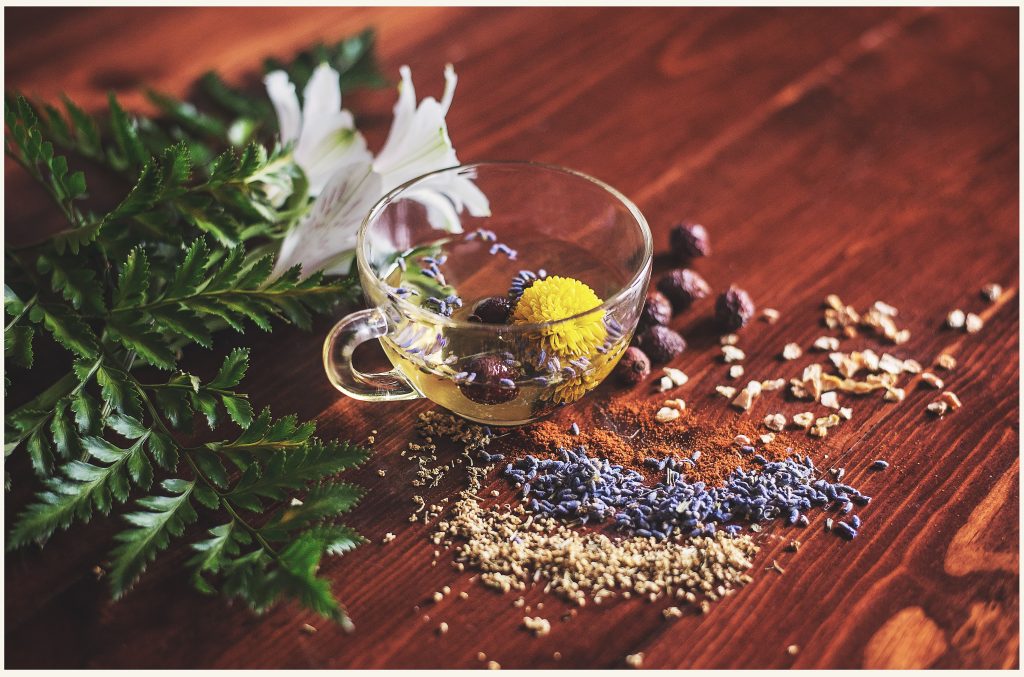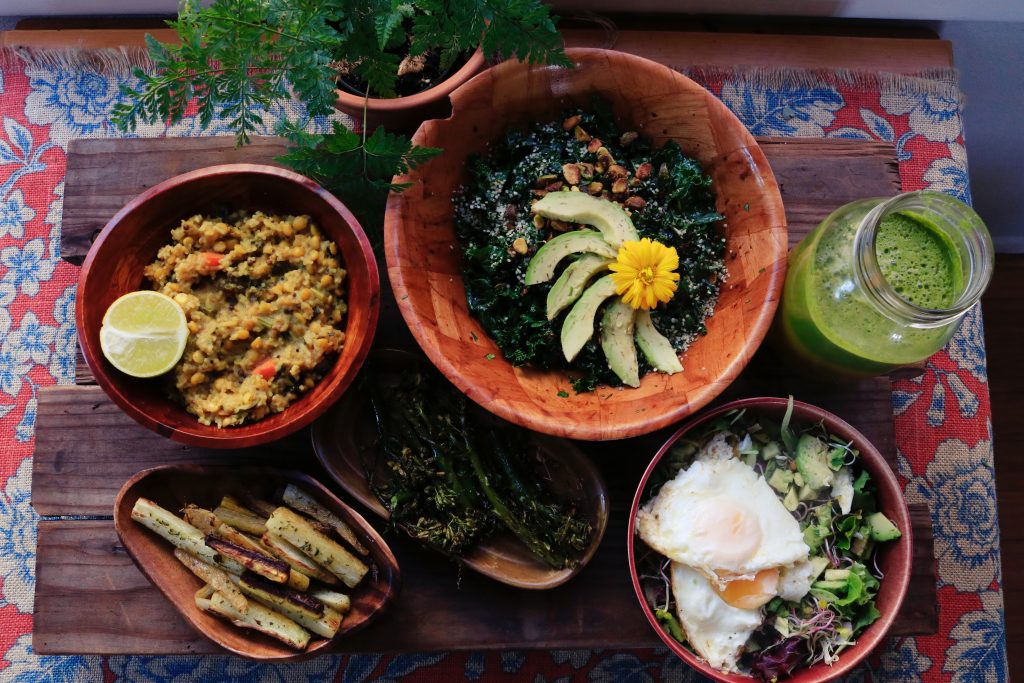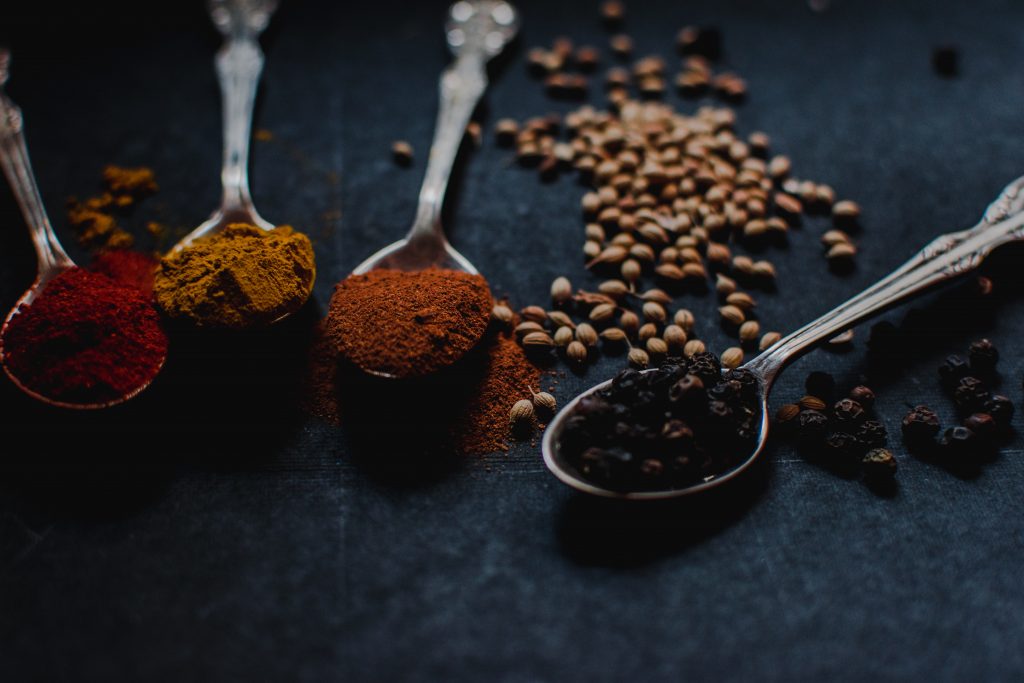Panchakarma literally means “fivefold action” and is part of a cleansing regimen of the traditional Indian healing art Ayurveda. It serves to restore a natural balance between the three doshas Vata, Pitta and Kapha.
The doshas represent three basic orientations of human existence in Sanskrit. Their mixture determines the individual characteristics (Prakriti) of a person. In the ancient Indian theory of diseases, the doshas are embodied in the humors of bile, phlegm, blood and wind.
If the unique relationship between Vata, Pitta and Kapha is disturbed in the course of life, according to the medicine of ancient India, illnesses occur.
An important part of restoring the natural balance of the three doshas is the diet in the Panchakarma cure. Every unnatural expression of a Dosha is countered with an opposite diet for cleansing and detoxification. Accordingly, the Panchakarma cure is divided into three forms of nutrition.
medimentumHealthFood.store offers weekly tasty menus for seven days, which, following the Ayurvedic Panchakarma cure, bring the three doshas into balance.
Vata reducing diet

Symbolizing the elements of space and air, Vata stands for the principle of movement and controls all processes that have to do with movement, transport and communication. Vata are assigned the properties of fast, agile, rough, irregular, cool, dry and light. Conditions related to breathing, movement, circulatory, nervous system and excretion are treated, which cause symptoms such as headache, joint pain, sleep or digestive disorders.
Vata calming nutrition counteracts its properties dry, cool and light with liquid, warm and slightly oily food, such as soups and has a sweet, sour and salty taste.
To be favoured:
- warm drinks
- tender vegetables
- sweet, fully ripe fruits
- all dairy products
- nuts
- high quality vegetable oils
- Grains: wheat, oats, rice
- Spices: cumin, coriander, ginger, mustard seeds and pepper
The following is waived:
- all types of cabbage
- legumes
- potatoes
- basically: light, dry, cold food and drinks in the flavors bitter, spicy and sour
Pitta reducing diet

Pitta, created from the elements fire and water, stands for digestion, metabolism and transformation in our body. Properties of pita are hot, spicy, runny, sour, oily and dynamic. If too much Pitta has accumulated in the body, hot flashes, perspiration, intensified hunger and thirst as well as aggression occurs. Diseases such as gastritis, over-acidity, stomach ulcers and skin diseases can be caused.
In order to reduce pitta in the body, the following should be considered.
To be favoured:
- not too hot food
- in the flavors sweet, bitter, sour
- all fruits
- green vegetables, zucchini, white pumpkin, okra, cauliflower, broccoli, asparagus, lettuce, artichokes
- olive oil
- Milk, butter, yogurt
- Spices: fennel, coriander, cumin, turmeric, saffron, cinnamon and cardamom
The following is waived:
- fermented food
- hot, salty, sour
- all luxury foods: alcohol, coffee, carbonated drinks
- honey
- Vegetables: tomatoes, peppers, radishes, beets, hot peppers, raw onions
- Spices: black pepper, chilli, cayenne, mustard seeds, fenugreek seeds
Kapha reducing diet

Symbolizing the elements water and earth, Kapha stands for the structural principle. Kapha gives strength, stability, structure and growth and is responsible for tissues and energy stores in our body. Kapha stands for cohesion, vitality, strength, resilience and patience. The properties are ascribed to be heavy, cold, soft, oily, sweet, stable and sticky. Excess Kapha leads to obesity, diabetes, allergies and common colds.
The following should be observed when reducing the Kapha.
To be favoured:
- light, warm food
- warm drinks
- in the flavors hot, bitter, sour
- Legumes (except tofu)
- Berries
- all vegetables except potatoes and sweet potatoes
- Grains: barley, corn, buckwheat, millet, basmati rice
- Goat milk and cheese, yogurt, reduced-fat milk
- all spices except salt, in particular: pepper, chilli, ginger, cayenne
The following is waived:
- too much, too greasy, too heavy
- cold food
- sweet, sour, salty
- nuts
- fruits: avocado, pineapple, melons, oranges

medimentumHealthFood.store enables a simple and relaxed form of the Panchakarma diet. Delicious menus for seven days are compiled to reduce one of the three doshas. Fresh, regional ingredients enable a sensual encounter with Far Eastern healing, in your own making, without any laborious preparation.

